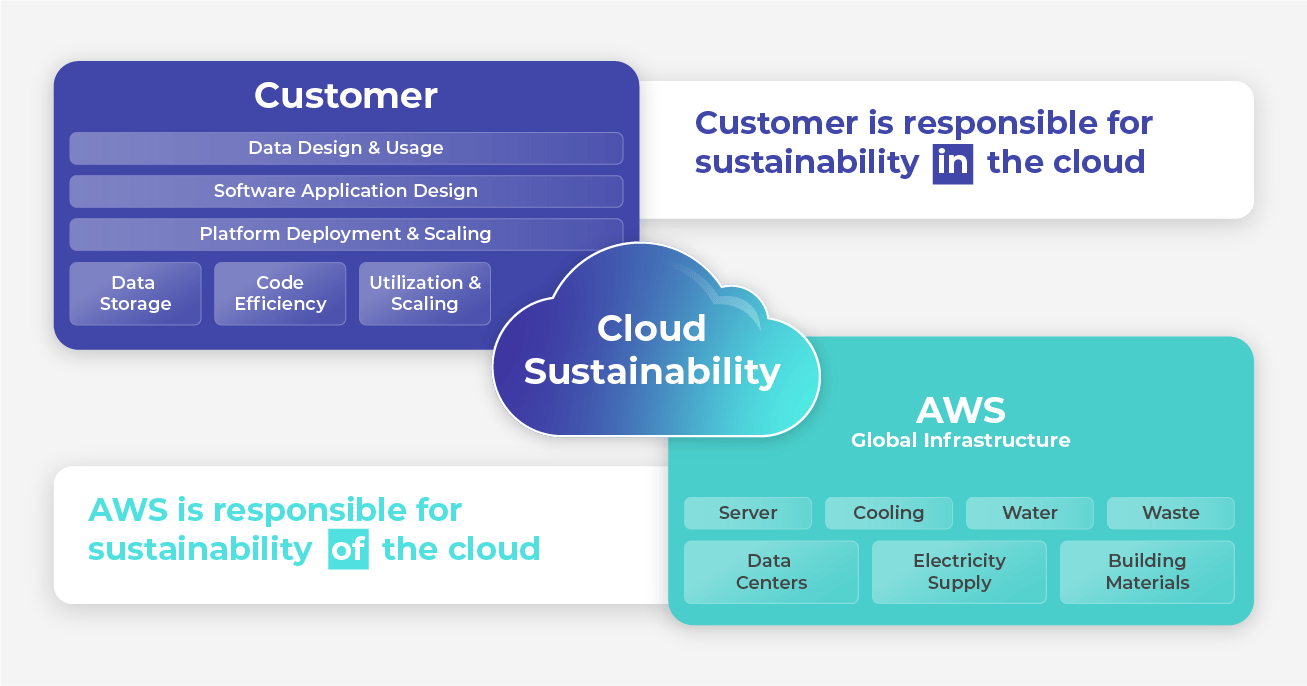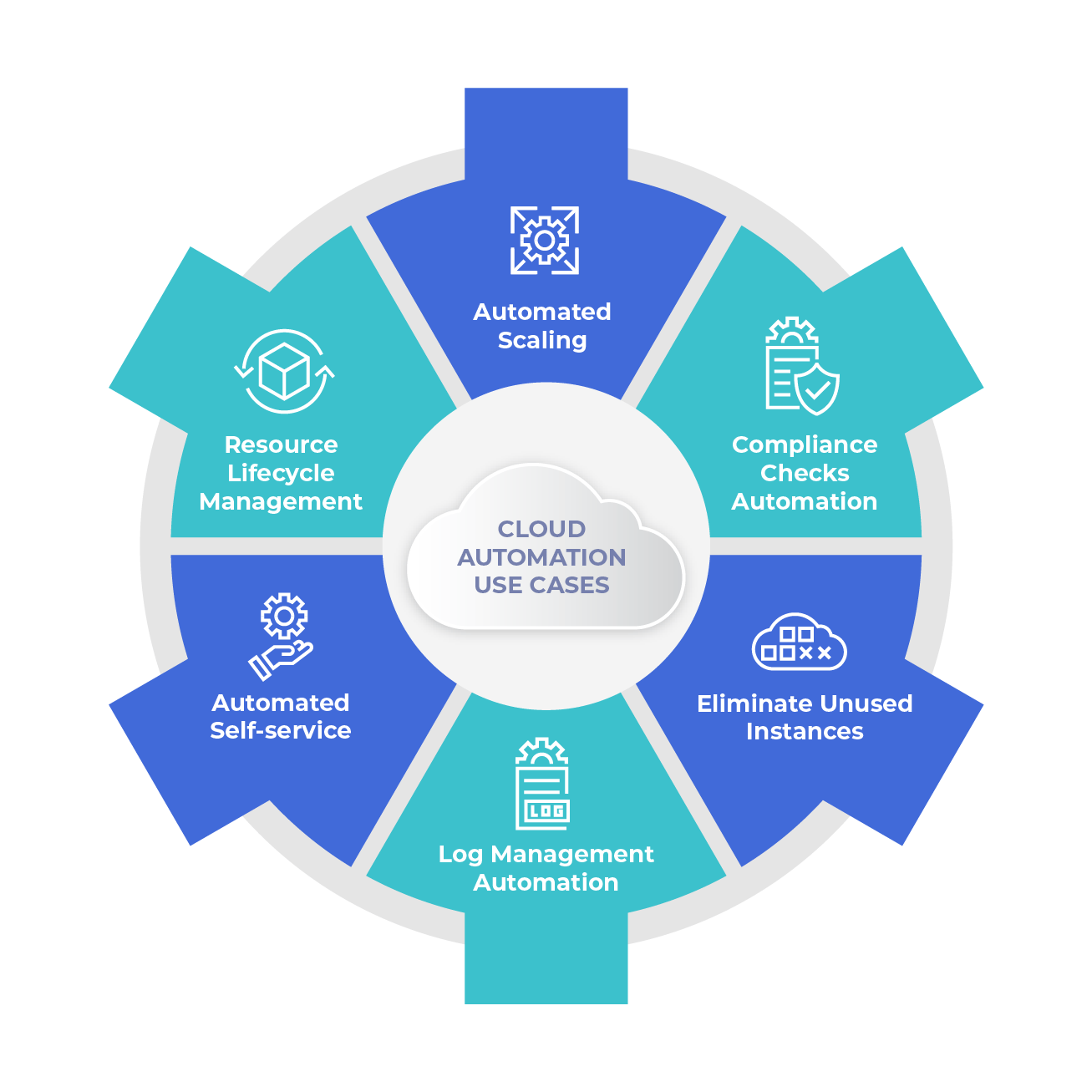IT leaders across various sectors are under growing pressure to maximize business value and ensure sustainable growth. While the financial implications have been apparent for some time, the environmental impact has more recently captured the attention of corporate leadership. This situation places cloud and IT operations teams in the challenging position of addressing customer experience, budgets, and sustainability targets.
For executives in search of an effective solution that aids IT in managing these trade-offs, supporting sustainable business value, and fostering ongoing growth, cloud FinOps offers a well-defined route. Through optimizing and automating cloud and data center environments, FinOps provides a proven pathway to these objectives.
Navigating the performance & cost dilemma in the era of digital transformation
The rise of modern applications driven by digital transformation has introduced significant challenges for IT. Businesses strive to be more flexible and produce results quickly, so they aim for enhanced agility, elasticity, and rapid developer output. With IDC projecting the creation of over 750 million new cloud-native applications and cloud services by 2025, the benefits of speed and agility are clear. Yet managing these applications within the hybrid, multi-cloud environments has compounded complexities like:
- lack of visibility to understand what resources they need
- compliance with security and governance needs
- integration challenges
- vendor differences
Modern applications' intricacies emerged as a top challenge in maximizing business value in the cloud. In parallel, end-users now demand higher application performance and reliability standards. Fast performance and uninterrupted uptime are now prerequisites for digital business success, as per IDC. This, again leads to high resource allocation, which is meant to ensure that they have enough capacity to handle unexpected spikes in demand or failures in one part of the environment. While this acts as a safety net, it can lead to resource waste if not carefully managed.
The ramification of ignoring the performance vs. cost predicament extend beyond finances
The surge in application growth directly impacts data centers, where electricity constitutes a significant portion of operational costs. Whether managing on-premises data centers or utilizing public cloud resources, the environmental impact of supporting applications is substantial. To mitigate performance risks, organizations often over-provision resources, resulting in significant waste. In 2022, 32% of cloud spending was estimated as wasteful. Similar inefficiencies extend to on-premises data centers, operating at just 20%-40% utilization. The urgent growth of digital applications underscores the CIO's critical role in organizations with sustainability strategies, reflecting both the financial and operational dimensions of the challenge.
Departmental priorities - A glance
|
Engineer & Operations |
Finance |
|
|
Though cost is a common focus for these priorities, it translates to different goals. While engineering & ops seek to maintain high service quality, finance aims to maximize the business value.
Facilitating multi-team collaboration through FinOps to optimize business value
Aligning the priorities of various departments can be a challenge. But to facilitate a sustainable business model, it becomes important to embrace efficient cloud and IT resource consumption. Traditional siloed approaches to cloud spending and resource management are inadequate, given the environmental implications and competing priorities. This is where FinOps comes in. It is an evolving discipline that fosters collaboration among engineering, finance, technology, and business teams to make data-driven spending choices. The FinOps Foundation seeks to bridge these gaps and create a common understanding among stakeholders, thereby unlocking cloud computing services' potential for efficient and profitable operations.
Looking beyond cloud cost control: The expansive realm of FinOps
FinOps' growth is apparent, with IDC predicting that by 2023, 80% of cloud users will institute dedicated FinOps functions for automated policy-driven cloud resource observability and optimization. While the current emphasis often centers on cost management, FinOps encompasses broader goals. The core FinOps capabilities include cost allocation, data analysis, anomaly management, commitment-based discount handling, and forecasting/budgeting. These capabilities align closely with most organizations' cloud cost management objectives.
Holistic approach for maximizing business value
Achieving optimal business value is not merely about cutting costs, it should include extensive strategy to create a win-win scenario for ensuring performance, cost-efficiency and sustainability. By adopting a FinOps-driven methodology, organizations can proactively manage dynamic resource requirements without sacrificing quality or environmental responsibility. Through community engagement, training, and a culture that supports these ideals, businesses can embark on a path that ensures a balanced and optimized approach to their cloud environment.This aligns perfectly with today's imperative for responsible consumption and technological agility.
Cloud sustainability: Balancing financial & environmental gains
Public clouds are designed to provide resources based on demand, allowing for flexibility and scalability. This need-based provisioning helps ensure agility and elasticity. However, to realize these benefits, effective management is essential. Cloud providers leverage economies of scale, making them more efficient than traditional data centers. Furthermore, they invest in energy efficiency and cleaner energy sources. Microsoft and AWS, for instance, focus on sustainable energy and cooling methods. Enhanced transparency, like Microsoft's Cloud for Sustainability, showcases efforts to reduce carbon emissions.
A shared responsibility model for cloud sustainability
This model clearly defines the distinct responsibilities between cloud providers and customers. Providers, like AWS, ensure the sustainability and security of the physical infrastructure. Customers are responsible for managing environmental efficiency within their cloud instances and safeguarding data. This collaboration promotes green practices and security, aligning with both environmental goals and security protocols. At the same time, it integrates seamlessly with FinOps principles to balance cost, performance, and sustainability.

The European Union supports this view, noting that efficient cloud resource allocation is pivotal for energy-efficient cloud service usage.
Trustworthy automation: The key to responsible cloud consumption
In the FinOps world, automation has great potential, but its adoption has been limited by concerns about maintaining application performance. Traditional cloud management methods may be restrictive, lacking the flexibility for complete automation. Automation in cloud management, when done right, becomes a powerful tool. To build trust, start with:
- understanding the needs of the application and aligning automation rules to meet the expected performance levels.
- utilizing monitoring and analytics tools to continually assess performance and costs.
- setting up guardrails to ensure reliability and resilience.
By building trust through proven strategies and tools, automation can optimize cost, performance, and sustainability, forming a core part of a responsible FinOps practice. Some of the cloud automation use case are:

With a dependable automation strategy, organizations can dynamically adjust resources to meet specific service goals, fine-tune resource allocation, and create a more sustainable and cost-effective approach to workload handling. This aligns perfectly with the FinOps ethos of balancing performance, cost, and environmental stewardship.
The FinOps pathway to success
FinOps presents a well-defined route for executives aiming to resolve the performance-cost predicament while fostering sustainable business value and ongoing expansion. Its strength lies in a detailed analysis of cloud and data center configurations, enabling a dynamic and precise allocation of resources to applications. Rather than overallocating, FinOps leverages automation to optimize performance, cutting unnecessary expenses and waste. Ultimately, the adoption of the FinOps solution enables organizations to maintain a harmonious balance among customer experience, budgetary considerations, and sustainability targets within the realm of cloud and data center environments.
Our Services
Customer Experience Management
- Content Management
- Marketing Automation
- Mobile Application Development
- Drupal Support and Maintanence
Enterprise Modernization, Platforms & Cloud
- Modernization Strategy
- API Management & Developer Portals
- Hybrid Cloud & Cloud Native Platforms
- Site Reliability Engineering




